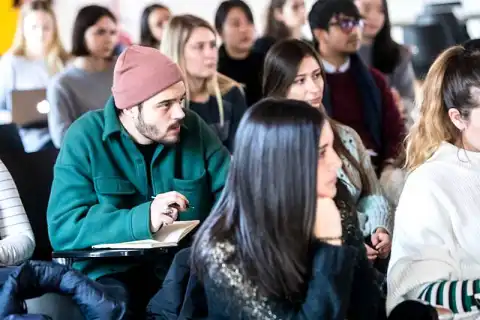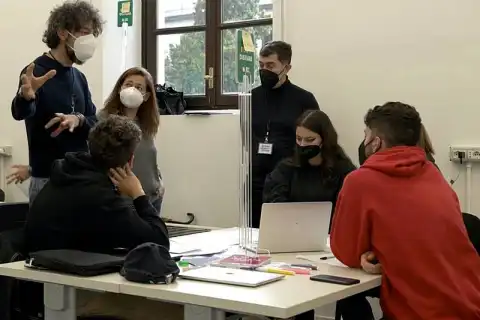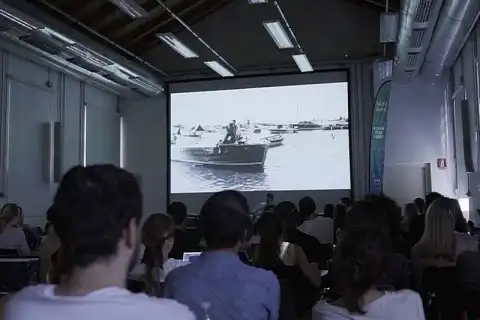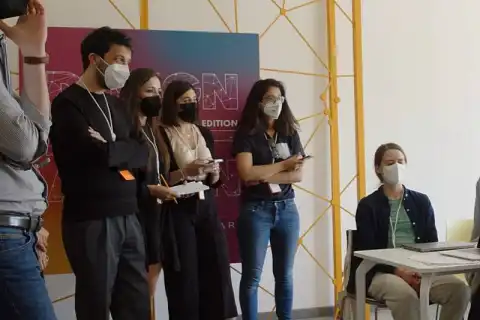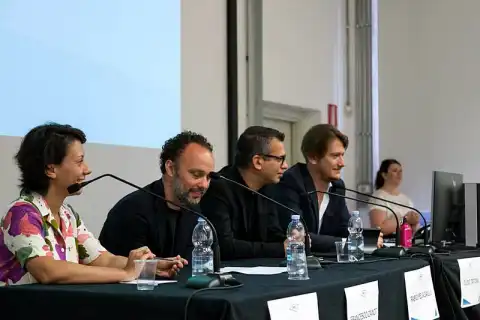Bachelor of Arts - Theatre and Opera
- 3 years
- Duration
- 21,600 EUR/year
- Price
- Rolling admission
- Start
- Rolling admission
- Deadline
- Bachelor
- Degree
- Campus
- Format
- Milan / Italy
- Location
Program description
By teaching students how to approach a space to be constructed and how to analyze the most relevant situations of the current cultural production, the Stage Design course equips its participants with the fundamental instruments for set design in all of the show business' primary sectors.
Students are given the tools they need to thoughtfully implement a fully formed idea designed for operas, plays, ballets, musicals, and live concerts through the integration of theoretical and practical approaches. As a result, aspiring stage designers can get a taste of the many challenges and opportunities present in the entertainment industry today.
Program structure
1st YEAR
- Set design 1
- Digital technologies and applications 1
- History of costume
- History of modern art
- Drawing for design
- Scene design 1
- Digital technologies and applications 2
2nd YEAR
- Set design 2
- Direction
- Costume design
- Scene design 2
- History of cinema and video
- Phenomenology of contemporary arts
- Digital applications for visual arts
- Photography
3rd YEAR
- History of performing arts
- Set design 3
- Scene design 3
- Light design
- Applied techniques for theatre production
- Cultural anthropology
- Performative techniques for visual arts
Price
Fee for two semester (1 year education) is 21600,00 EUR for international students
Requirements for applicants
HIGHER SECONDARY SCHOOL DIPLOMA
In order to enrol in a Bachelor of Arts programme, you must either have an Italian secondary school diploma (maturità) or an equivalent secondary/high school diploma that is legalized by the Italian embassy located in the country whose educational system the title belongs to. This diploma must be translated and notarized by the Italian embassy or consulate in the country where the diploma was issued, regardless of the school’s actual location.
12 YEARS OF SCHOOL ATTENDANCE
You must have attended school for at least 12 years before earning your secondary school diploma.
ADMISSION TEST
The admissions test is a distance evaluation based on the submission of:
- Artistic statement
- Project Assignment and/or a Portfolio of Projects
LANGUAGE REQUIREMENTS FOR BA PROGRAMMES TAUGHT IN ENGLISH
Students are required to submit evidence of the knowledge of the English language. The language certificate shall be submitted within one month before the beginning of the programM and should not be older than 2 years.
- IELTS - 5.0 Academic/General
- Cambridge English: FIRST (FCE) - 140-159
- Cambridge English: Preliminary (PET) - With Merits or 160
- Cambridge English: Advanced (CAE) - C1
- Cambridge English: Proficiency (CPE) - C2
- Cambridge English: Business Vantage / BEC V - C or 154
- Cambridge English: Business Preliminary / BEC P - Distinction or 160
- TOEFL Computer - 173 - 180
- TOEFL PAPER - 494-510
- TOEFL Internet - 59 - 64
- Trinity College Certificate - Integrated Skills in English (ISE level I – all 4 skills)
- PTE Academic - 36 – 42
- Linguaskill - da 155
- BIEB - Level B1/ Level B2
- ESB ESOL International - B1 - Entry 3 (all modes)
- TEEP - 5
- Bulats - 40 - 59 (all 4 skills should be passed: listening, reading, speaking, writing)
About the university

NABA is a private institution established in Milan in 1980 by Ausonio Zappa, Guido Ballo, and Tito Varisco with the intention of breaking away from conventional educational models and introducing students to fresh perspectives and innovative pedagogical tools grounded in the realities of the modern creative economy. The Italian Ministry of Education and Research officially recognized NABA in 1981.
Since its inception, NABA has worked to shake up the status quo of academia by introducing fresh perspectives and innovative practices. This is a progressive institution of higher learning that actively seeks out and celebrates the variety that characterizes the modern world.
NABA is more than just a school; it is also a community where students' professional and creative selves can take shape. It's also a hub for creative output, where students can try their hands at a wide range of activities, learning the skills they'll need to strike out on their own as designers and find their place in the wider professional landscape.
Areas of education in NABA
- Communication And Graphic Design
- Design
- Fashion Design
- Media Design And New Technologies
- Set Design
- Visual Arts

